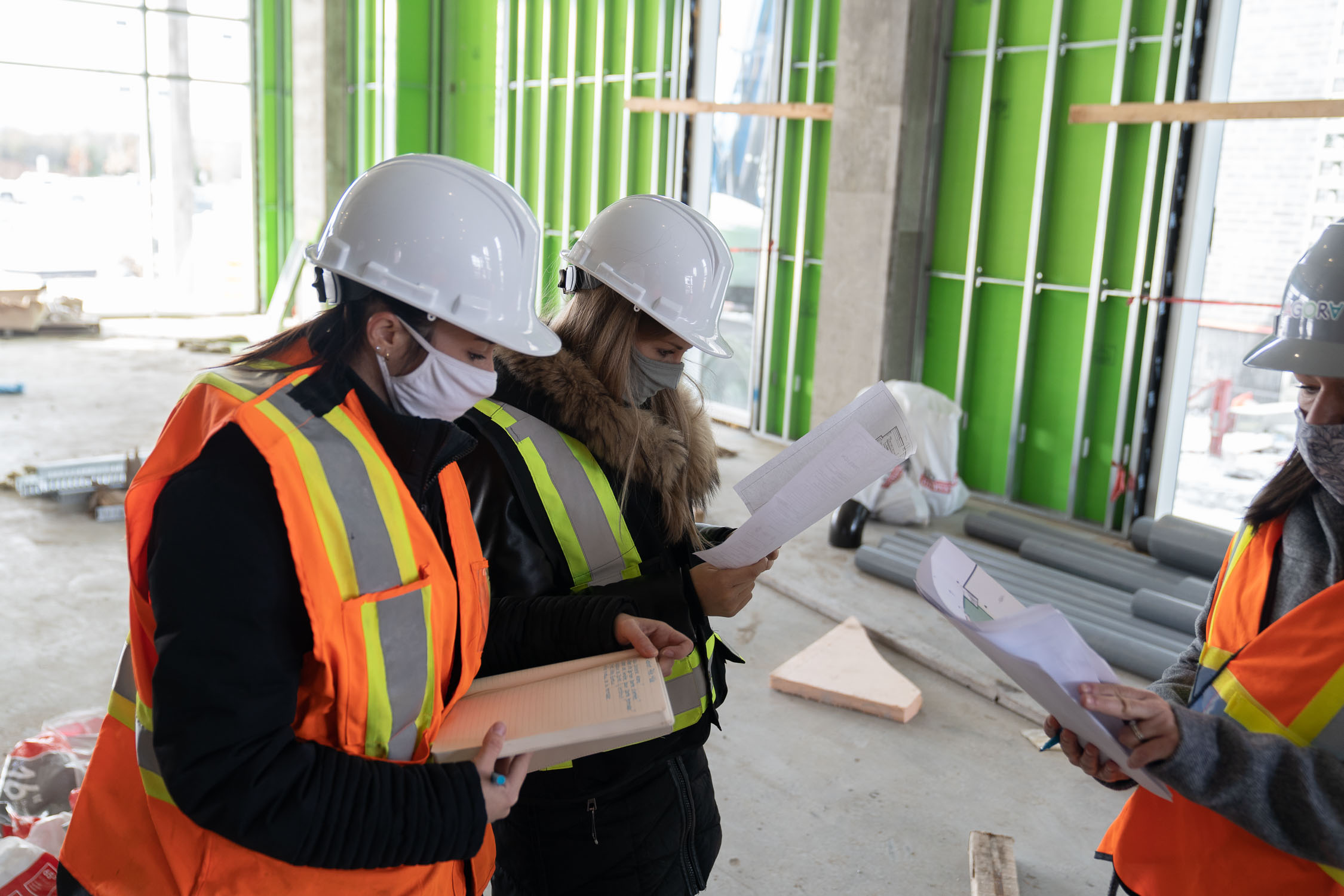Interior decorating is not merely about aesthetics; it is about creating spaces that improve our lives and showcase our personalities. From the moment we enter into a beautifully designed room, we experience a feeling of coziness and belonging. As trends evolve, the art of interior design continues to shape how we connect with our surroundings, transforming ordinary houses into homes brimming with character and charm. This season shines a spotlight on innovative trends that promise to upgrade any space and breathe new life into our everyday environments.
In the realm of construction and renovation, the journey from blueprint to beauty is essential to understand. Homeowners embarking on this adventure often wonder about the schedule, budgeting, and the role of a project manager in bringing their vision to life. Coastal Haven Design will explore how to achieve cohesive looks between rooms, the impact of color psychology, and the importance of mixing textures to elevate interior spaces. Join us as we delve into inspiring design ideas and practical construction tips that can help anyone build their dream home, making it not only stylish but also functional and eco-friendly.
Leading Movements in Home Decor
This year, interior design is seeing a significant transition towards sustainability and eco-conscious choices. Designers are increasingly favoring sustainable materials such as reclaimed wood, recycled metals, and organic textiles. These materials do not only lessen environmental impact but further bring a unique character to spaces, creating depth and personality. As homeowners become more mindful of their ecological footprint, the demand for green design is predicted to grow, influencing both design choices and construction practices.
Another prominent trend is the increase of smart technology integration into living spaces. From smart lighting and thermostats to full home integration systems, technology is changing how we interact with our living areas. Homeowners are looking for innovative solutions that improve comfort and energy efficiency. Designers are challenged to effortlessly blend these technological advancements with their overall design vision, crafting areas that are both aesthetic and functional.
Finally, the minimalist approach continues to progress as a staple in modern interior design. Highlighting clean lines and uncluttered environments, minimalist design centers on the essentials while enabling for personal customization through carefully curated decor. This year, expect to see an growth in bold, distinct pieces within minimalist frameworks, bridging the gap between simplicity and individuality. As more homeowners adopt the idea of 'less is more,' interiors are turning more intentional, reflecting the homeowners’ personalities and ways of living.
Integrated Styling Strategies
Creating a consistent appearance across spaces is essential for a pleasant living space. To achieve this, start with a unified color palette that transitions across your home. Choose three to five matching colors that embody your design, and implement them in various ways throughout individual rooms. This will help connect the areas, resulting in a fluid transition as you pass between one space to another. Include these colors in paint, textiles, and decor to reinforce your established theme.
In addition to color, the choice of materials and textures has a significant role in establishing consistency. Choosing similar finishes and materials, such as wood, metal, or stone, can connect different rooms together while also allowing for some variation. For instance, if your living room has wooden accents, consider using matching woods in your kitchen cabinetry or dining area furniture. Combining textures, like soft fabrics with hard surfaces, can add depth while yet maintaining a cohesive appearance across the home.
In conclusion, think about the furniture layout and design style in each room. Opt for pieces that share comparable lines and forms to create a dialogue between spaces. Combining styles can be successful, but it’s important to achieve a balance that corresponds with your unified vision. For example, if you are combining rustic and modern elements, make sure each room has at least one element that links them, such as a shared style of lighting or art. By employing these methods, you can design a well-rounded styling that feels both purposeful and inviting.
Sustainable and Smart Innovations
In the realm of interior design and construction, the attention on sustainability has increased more significant than ever. Sustainable resources, such as bamboo, repurposed glass tiles, and reclaimed wood, are being incorporated into modern interiors to fashion spaces that are simultaneously aesthetically pleasing but also ecologically sustainable. These resources reduce the carbon footprint of a home while adding unique character and charm. Homeowners are more and more valuing sustainable practices, leading to developments that merge aesthetics with sustainability.
Smart technology has transformed how we interact with our environments. From smart thermostats that enhance energy usage to smart lighting systems that respond to your lifestyle, the integration of technology enhances both comfort and efficiency. As interior designers and builders work together, they design homes equipped with capabilities that allow for off-site control and automation. This convenience not only promotes energy savings but also elevates the overall living experience, aligning with modern demands for connectivity and control.

The fusion of sustainable materials and intelligent technology offers thrilling possibilities for future home designs. As construction practices progress to embrace greener methods, homeowners can look forward to creative solutions that promote a healthier environment without sacrificing style. By focusing on these sustainable and smart innovations, designers and builders can create interiors that embody personal values while ensuring comfort and efficiency, ultimately leading to a lifestyle that champions both beauty and responsibility.
